For a moment, imagine you are a child. A child whose family has been forced to flee their homeland in search for a better life. Now say they are able to get to America, the so-called “land of the free“, a country promising opportunity, safety, democracy. But once you step foot onto this allegedly free soil you are tossed in a cage, in the most deplorable conditions known to man, and you plead and plead to get out, appeal to the rulers of the free land to let you and your family out of the cage, but you are ignored. The very unfortunate truth is that this isn’t just a scene of imagination, but a reality faced by thousands each day in Immigration and Customs Enforcement (ICE) ‘detention centers’.
The conditions of these ICE centers have only gotten worse due to the pandemic. Despite the spread of the Coronavirus in these facilities, and the threat it poses to those detained, facility staff, and surrounding communities, ICE has refused to exercise its legal discretion to release those detained and save lives. It is estimated that ICE has chosen to release less than 2% of those held in its inhumane jails. But even prior to the pandemic, conditions were awful, as the majority of those detained in California are held in facilities operated by for-profit corporations with an egregious record of negligence and misconduct (namely Correct Care Solutions, the firm responsible for the medical care of immigrant detainees at one of the nation’s largest detention centers, has been sued a staggering 1,395 times in federal courts over the last decade). Add to this the fact that it was reported in 2018 that the US Department of Health and Human Services had ‘lost track’ of nearly 1,500 immigrant children. And while District Judge Dolly Gee has ordered ICE to free migrant children from the family detention centers during the pandemic, the conditions persist.
The conditions of the ICE centers raise two questions: What constitutes living? And what constitutes being human? These questions may seem obvious, in terms of biology and anatomy, the functions your body carries out to keep you alive is what life is, and some of those functions are unique to us as humans. But philosophically it’s far more complex.
What constitutes living? German Philosopher Hannah Arendt once wrote, “Appearance - something that is being seen and heard by others as well as ourselves - constitutes reality.” Essentially, if one is not heard and not seen, they don’t exist, they aren’t real, and they are all but dead. This is what we can see in regards to the family detention centers: they are hidden out of our sight in facilities, and their voices are suppressed. For example, in an attempt to shed light on these horrific circumstances, immigrants in detention in California have launched coordinated hunger strikes, calling attention to their plight, the death of their fellow detainees, and support for the Black Lives Matter Movement. These are not simply just acts of heroic resistance, but attempts to prove they are alive, that they are living, and they exist in reality, and they have been coordinated with and supported by community members, advocates and organizers.
However, in response, ICE and their for-profit henchmen have undertaken a vicious campaign against activists in detention, retaliating against them with acts of violence and seeking to delegitimize their words in the press. This includes using pepper spray against detainees who have peacefully protested or refused to sign a legal waiver in order to obtain a mask, as well as threatening those who have taken part in hunger strikes. In addition to threatening violence, ICE has sought to undermine resistance in detention centers by making outlandish claims that detainees have been coerced into hunger strikes or that advocacy on the issue “exploits the plight of detainees”. In recent weeks ICE has blocked phone calls between local advocates and those in detention in order to sever communication and coordination with the outside world, and thus attempting to remove the detainees from existance.
I suppose the question could then extend to: what constitutes a life worth living? If this is the sort of treatment one receives upon entering the country, then how much better must living in it actually be? If the actual citizens of the country are killed on the streets for the colour of their skin or for their faith, then what is to dictate that an immigrant released from a detention center won’t receive the same treatment?
But what the detention centers also promulgate is not just inhumane conditions, but specifically dehumanizing ones. Storing children in cages like animals is just one example, but what detention centers like these represent are a prime and modern example of ‘states of exception’ - a space where individuals do not possess rights, or where law is suspended. Specifically this idea originated in Ancient Rome alongside the formation of the dictatorship which was very different to our modern interpretation. In Rome, a dictatorship connoted the legal convention where an absolute power was bestowed upon an individual in cases of extreme emergency. While dictatorship now carries connotations of awful rulers, in Roman times it was a necessity for survival, against invading armies. The prime example of Roman dictatorship was Cincinnatus, a Roman statesman who, after his son ran into legal trouble, sold most of his land and retired to a farm. When Rome was in imminent danger from the invading force of a rival Italian tribe, Cinncinatus was elected to the position of dictator by the console. However, as soon as the war was over, law was restored, and Cinncinatus resigned to his farm, no longer dictator, and with Rome no longer under a ‘state of exception’. However, Italian philosopher Giorgio Agamben argued that the state of exception has become the law of our time, no longer an infrequent occurrence saved for times of desperation, the suspension of law permeates our society. Agamben was concerned specifically how the Nazi concentration camps could happen - and it was the state of exception where he found his answer. Therefore, it is shocking that the two modern examples of the state of exception are that of the war on terror and refugee centers such as the ones run by ICE.
On June 29 2019, President Trump met in Osaka, Japan, with President Xi Jinping of China. According to former national security adviser John Bolton, in a new memoir, President Xi defended China’s camps in Xinjiang (which are involved in a Holocaust-like Genocide of the Uighur Muslim population in the province - essentially concentration camps), to which President Trump allegedly, “said that Xi should go ahead with building the camps, which Trump thought was exactly the right thing to do.” President Trump’s condoning of genocide and racial hatred against a Muslim population is unsurprising because it’s exactly what he’s doing in his own country.
This state of exception is inherently linked with Achille Mbembe’s Necropower and Subhabrata Bobby Banerjee’s sister philosophy of Necrocapitalism - essentially the concept that human life is instrumentalized so that the economy can profit off of their deaths, extremely obvious in regards to the detention centers, with ICE’s cooperation with for-profit institutions. Those within the state of exception are no longer seen as human beings as they have had their human rights suspended, but rather tools for the capitalist system to run. This is evident in the treatment of immigrants in family detention centers.
But that is not the only dehumanizing aspect of these centers. Aristotle said that our ability to speak and reason separates us from animals, who merely have the ability to grunt base needs. This is linked with Arrendt’s point in that those who are silenced by political systems, such as the detainees of detention centers, at least in Aristotle’s approximation, are not human but animal. The ability to speak and think is the boundary between man and beast, and so by denying the detainees freedom of speech (notably the first amendment of the US constitution) they are essentially likening them to animals, yet again further enforced by caging children.
These were people who came to America in search for the American dream, the promise of upward mobility where if you work hard enough you can achieve to your ability, and above all a trust in the ‘land of opportunity’ that life can get better. And what did they find when they got to the United States of America? That the American dream was a lie, a sham, a marketing tool, almost like a light to a moth, attractive but destructive. A false promise. We live in a time when institutional racism, gratuitous violence, the glass ceiling, and the corporatization of the country make it impossible for progressive change and mobility like the Dream promised.
American pragmatist Richard Rorty in his book ‘Achieving our Country’ questioned whether the American Dream was over, and whether the national pride and myth of the Dream was good to carry forward. Pragmatism was the first philosophy to actually originate in the US, and thus has a distinct American flavour. Popularised in the late 19th Century by figures like Charles Sanders Pierce (of Semiotics), John Dewey (of the Dewey decimal system) and William James, pragmatists are concerned with usefulness. Understood from the perspective of pragmatism, the question of whether the American dream is a sham depends on one’s situation. Those that feel they have access to the American dream might answer no, it isn’t a falsehood, but those who are disenfranchised, those who are locked in cages in an ICE family center, those locked up in Guantanamo with no rights, the black people whose blood is spilt on American streets would most likely answer yes, they are proof that the Dream is a lie. Rorty claims American pride doesn’t have to be synonymous with the character of Americanism, that pride is about more than fanaticism and Chauvinism, but a belief in democracy and hope. If American pragmatism is a philosophy that purports to deal in functionality and clarity, then what is the cash value of the American dream? The answer: human lives locked in cages, that is the price one has to pay to live the ‘American Dream’ and if that’s the price, how can one be proud of their country?
I suppose one could sum it up fairly simply with this quote from one of the greatest philosophers of the 20th Century, George Carlin, “ It’s called the American Dream, because you have to be asleep to believe it.”

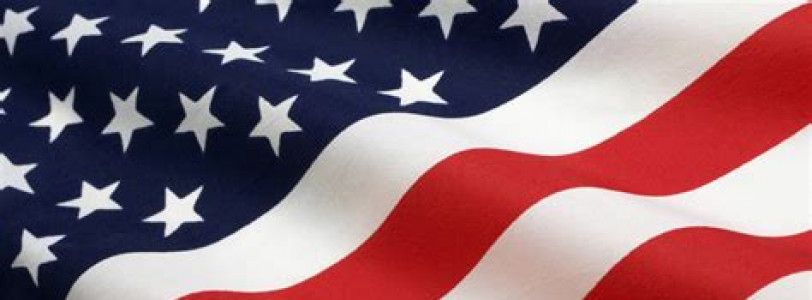

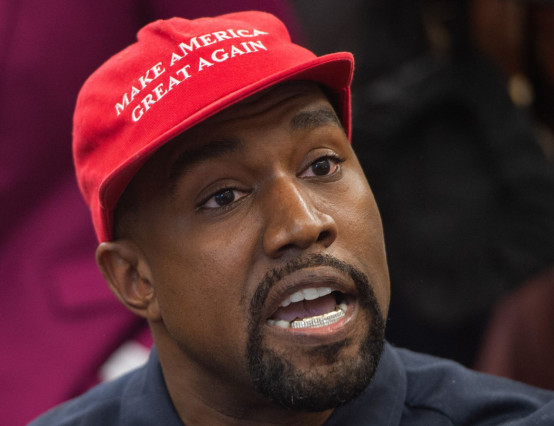
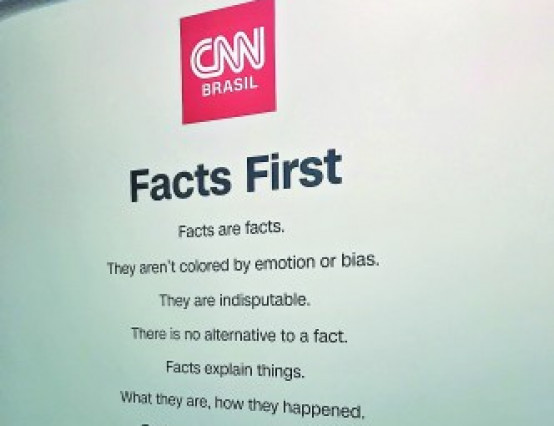
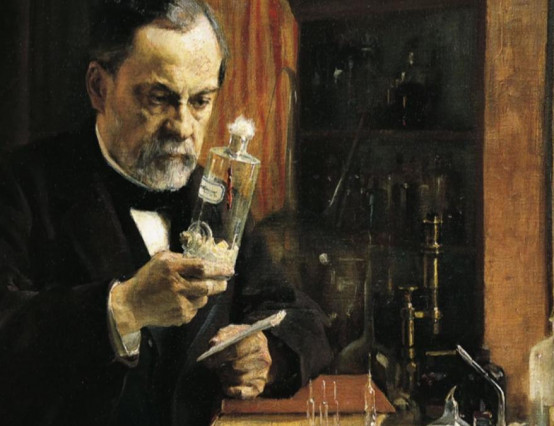


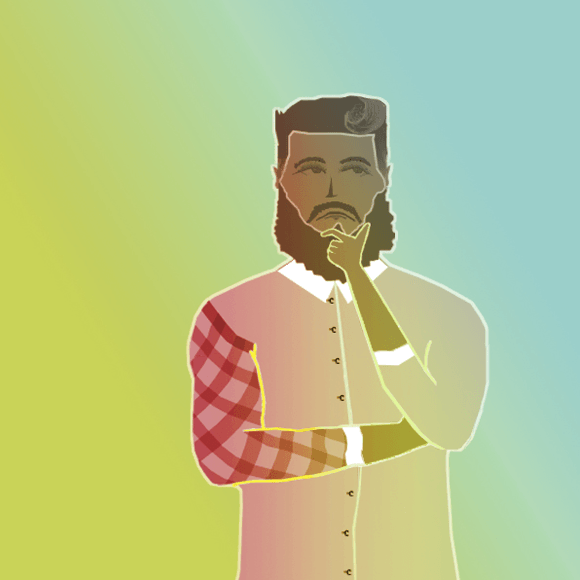
0 Comments